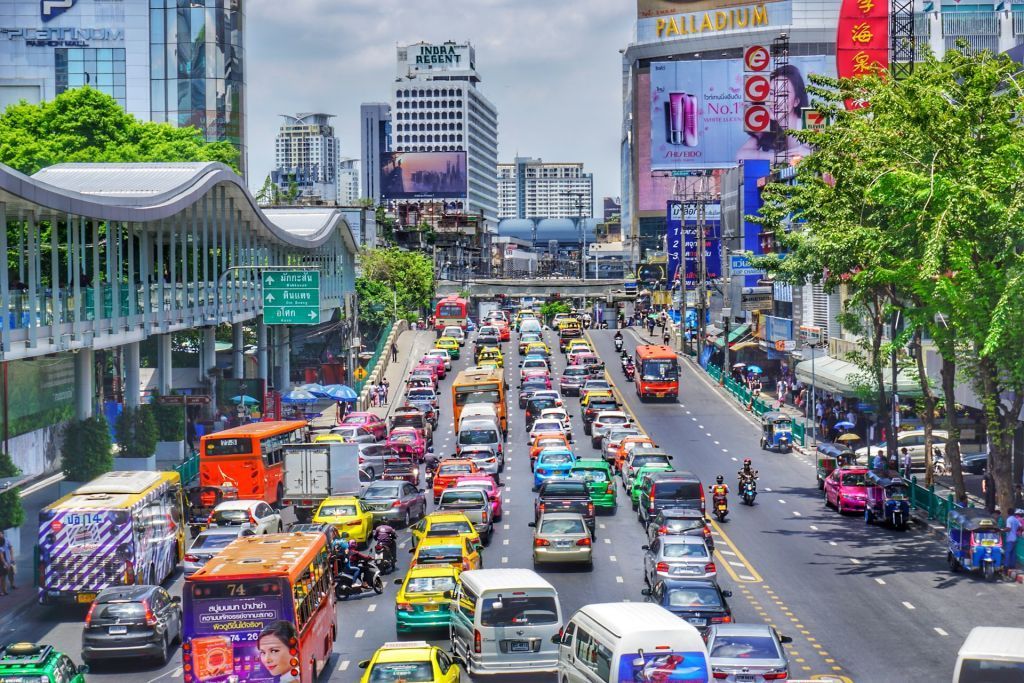As wildfires continue to ravage Canada, the northern parts of the United States are now experiencing the grim aftermath as unhealthy air fills the region, while southern states like Arizona and Texas grapple with scorching temperatures.
The situation has prompted concerns about public health and the need for immediate action to mitigate the impact on affected communities.
According to data from the US National Weather Service (NWS), temperatures in California, Nevada, Arizona, and Texas have steadily risen to alarming levels. Extremes have been observed, with several parts of California recently reaching an unprecedented 53.9 degrees Celsius (129 degrees Fahrenheit). Similarly, Las Vegas saw temperatures soar to over 47 degrees Celsius (116 degrees Fahrenheit), while Arizonans and Texans have endured relentless heat hovering around 40 degrees Celsius (104 degrees Fahrenheit).
In addition to the extreme heat, another menace has descended upon the United States in the form of wildfire smoke originating from the blazing infernos in Canada. The smoke has infiltrated Washington state, Northern California, Oregon, as well as parts of Michigan and Wyoming, causing a rapid decline in air quality. Concerns about the health implications of breathing in such hazardous air have emerged, prompting authorities to issue warnings and advisories to affected communities.
Residents in cities enveloped by the noxious haze are being urged to take precautions and stay indoors as much as possible. Those with pre-existing respiratory conditions, including asthma and allergies, are particularly vulnerable to the harmful effects of the smoke and may experience exacerbated symptoms. Health experts advise individuals to limit outdoor activities and avoid strenuous exercise in areas where the air quality has significantly deteriorated.
The environmental impact of the Canadian wildfires and subsequent emission of smoke is far-reaching. Scientists have noted that the plumes of smoke have blanketed vast areas, causing a decrease in visibility and a distinct reddening of the sun. The particles in the smoke can pose a risk to people’s health, particularly fine particulate matter known as PM2.5, which can easily penetrate deep into the lungs and bloodstream.

Officials are closely monitoring air quality indices and have set up temporary monitoring stations to assess the situation continuously. In areas where the air quality reaches dangerous levels, officials may advise residents to evacuate or seek shelter in designated clean-air spaces. Authorities are also working to distribute masks to vulnerable populations, ensuring they have access to protection from the hazardous air.
While efforts to combat the wildfires in Canada and the subsequent smoke crisis continue, the southern states of Arizona and Texas are grappling with an extreme heatwave of their own. Public health agencies have issued heat advisories, urging residents to stay hydrated, seek shade, and avoid prolonged exposure to direct sunlight. Vulnerable populations, such as young children, the elderly, and those without access to air conditioning, are particularly at risk during the sweltering temperatures.
The combination of wildfires, smoke, and scorching heat is putting a strain on emergency services, as they battle multiple ongoing crises across vast regions. Firefighters, medical professionals, and other essential workers are tirelessly working to protect communities and provide support to those affected by these relentless challenges.
As the situation unfolds, authorities are urging individuals to remain vigilant and stay informed through official channels. Cooperation among residents, adherence to safety guidelines, and a sense of community solidarity will be crucial in overcoming the hardships posed by the wildfires and extreme heat.
The current events serve as a stark reminder of the growing need to address climate change and its catastrophic consequences. Governments, organizations, and individuals must work together to enact sustainable practices and prioritize the preservation of our planet, ensuring that future generations do not bear the brunt of such devastating events. Only through collective action can we hope to mitigate the impacts of climate change and mitigate further disasters. (AA)
Photo credit: BC WILDFIRE SERVICE













